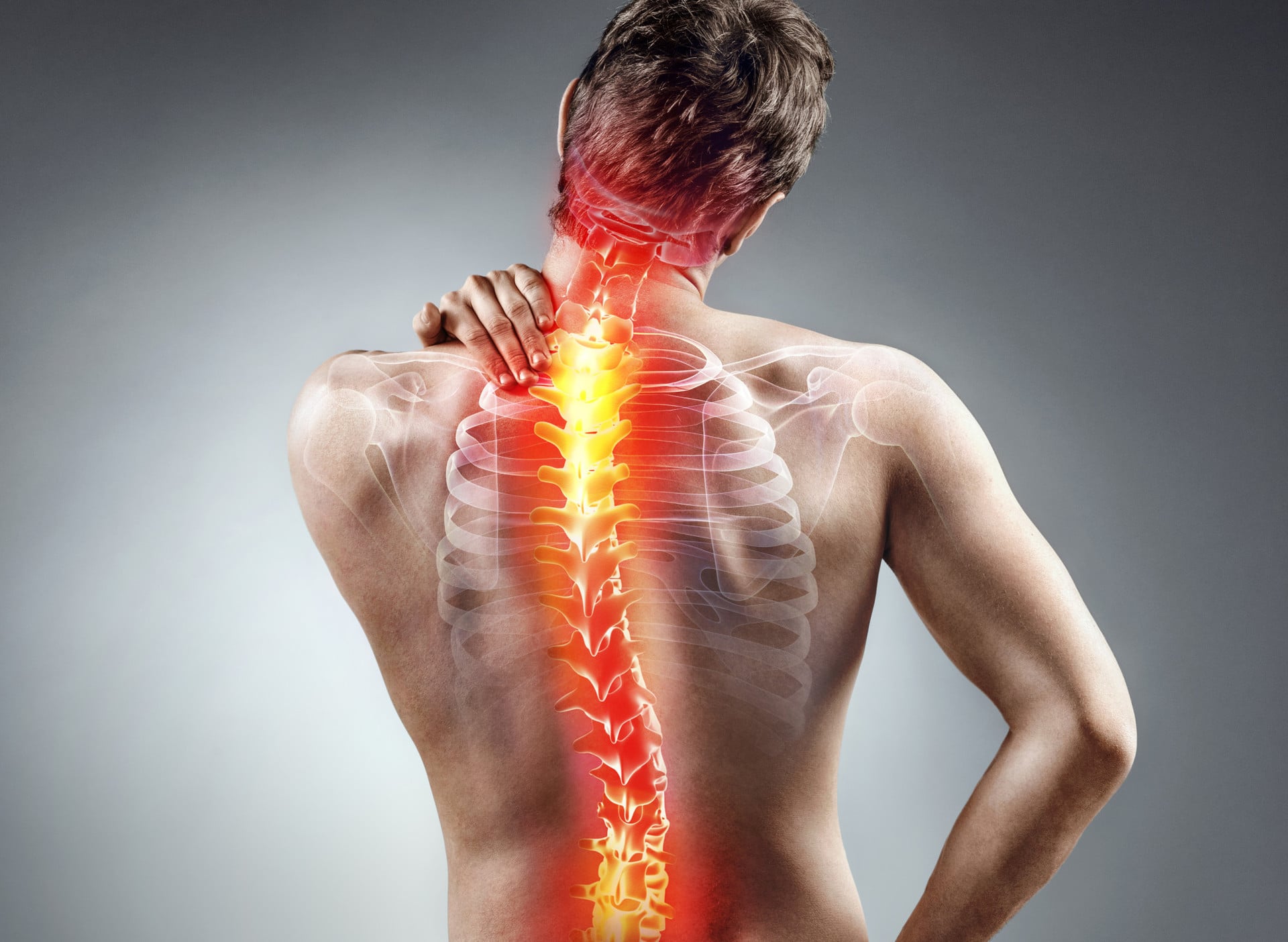
Your spine comprises vertebrae, discs, nerves, and the spinal cord. It supports your body and enables you to walk, twist or move. Various problems can damage or injure your spinal structures, causing pain or affecting your movement. Spinal conditions can result from medical issues, congenital defects, aging, or trauma from injuries. Symptoms of spinal conditions may include neck or back pain, unusual sensations in your arms or legs, or bladder or bowel control issues. Treatments for spinal conditions differ. Jeff Pan M.D. evaluates the cause and symptoms of your spinal conditions to develop the right treatment plan. There are many spinal conditions, and here are some.
Herniated disc
Your spine has a series of bones; between them are round discs that cushion the bones, enabling you to bend and move easily. When any of these discs tears or leaks, it is known as a herniated or slipped disc. Herniated discs can result from lifting heavy objects, sitting in the same position for prolonged periods, or repetitive bending or twisting during work or sports. There are various treatments for herniated discs, including medications, physical therapy, spinal injections, or surgery.
Spinal stenosis
Spinal stenosis is the narrowing of spaces in your spine. When narrowing happens, your spinal cord and nerves exiting each vertebra can be compressed, causing back or neck pain. You may also experience numbness, tingling, and weakness in your arms and legs. Spinal stenosis can affect anyone but is more common in adults over fifty years. Scoliosis can increase your chances of developing spinal stenosis. Medications, physical therapy, and surgical procedures are the treatments for spinal stenosis.
Spondylosis
Spondylosis is a condition where your spine wears and tears. It happens when spinal discs degenerate or bone spurs develop on the vertebrae. Spondylosis can result from aging, repetitive movements that involve your spine, being obese or spinal injury. Spondylosis symptoms include stiffness and pain in your spine, weakness in your hands and legs, loss of balance, and difficulty walking. Most patients with age-related spondylosis do not experience symptoms.
Spinal tumors
Spinal tumors are abnormal cells that grow along your spine. They can develop inside your spinal cord, in the tissues covering your spinal cord, between the meninges and bones of your spine, or in the bony vertebrae of your spine. Spinal tumors can be cancerous or noncancerous. If a tumor continues to grow, it can damage your spinal tissues. Spinal tumors can cause back pain, numbness in your legs, arms, or chest, muscle spasms, or loss of bowel or bladder control.
Scoliosis
Scoliosis is an abnormal curvature of your spine. Your spine rotates and develops a side-to-side curve. In most cases, scoliosis is discovered during childhood or adolescence growth. In most patients, scoliosis is mild and does not require treatment. Adolescent scoliosis mostly develops in the thoracic or ribcage region of the spine, while in adults, it occurs in the lumbar or lower spine. Treatment for scoliosis aims to relieve pain and improve function.
Spinal conditions affect your spine structures, causing pain, stiffness, difficulty walking, muscle spasms, or unusual sensations in your legs or arms. The common spinal conditions include herniated discs, spinal stenosis, tumors, spondylosis, and scoliosis. Schedule an appointment with Jeff Pan, MD, for spinal conditions treatment to relieve your back pain.